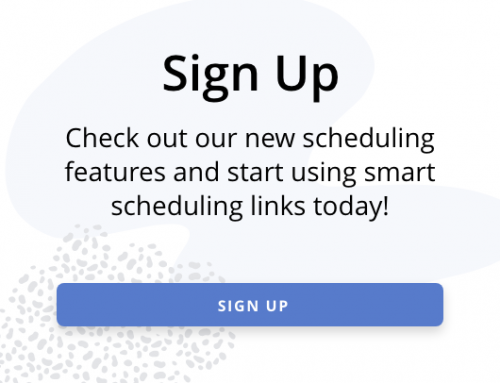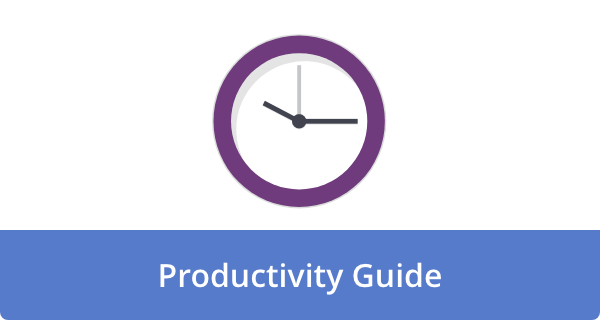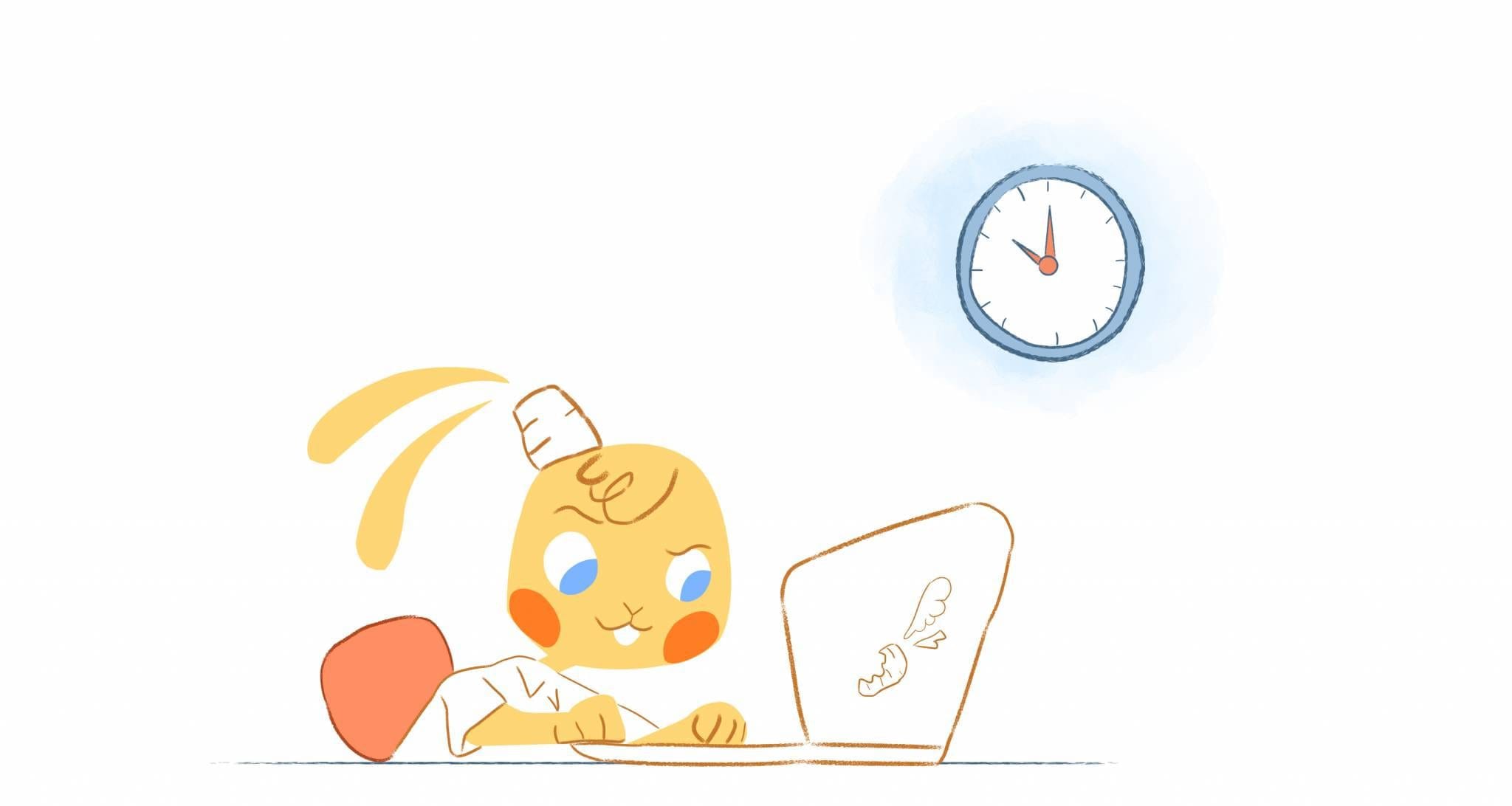
Have you listened to Thomas Frank‘s latest video about getting clarity on what you truly want? His message hit home because, like him, I’ve been guilty of trying to do everything at once — starting projects I never finish while working myself to exhaustion.
What struck me most was Frank’s analogy about pressure. He explained that when our goals and priorities are spread too thin (like air molecules at high altitude), they lose their power. But when concentrated into a smaller area (like a CO2 canister), they gain tremendous force.
This is precisely the problem with modern productivity culture — we’re all trying to be everything to everyone, and as a result, we end up accomplishing very little that truly matters.
The Six Questions That Changed My Perspective
Frank’s framework revolves around six questions that help identify what you want and how to get it. I decided to work through them myself:
- What do I want? (Across personal growth, career, health, relationships, etc.)
- How do I get each thing I want?
- Are there everyday actions that serve multiple goals?
- Which items are actual projects that need a breakdown?
- What systems and habits do I need?
- What must I cut out or pause?
The first question seems simple, but it requires brutal honesty. I had to distinguish between what I genuinely want versus what I think I “should” want. Frank’s example about skiing resonated with me – he realized that while he liked the idea of being “a skier,” his actions showed it wasn’t a true priority.
Finding the High-Impact Intersections
The most valuable insight came when identifying actions that serve multiple goals. Frank discovered that moving to Minneapolis would help him spend more time with family, support his mom financially, and give his dog more space – three important priorities at once.
I found similar patterns in my own list as well. For example, waking up earlier would help me achieve my fitness goals, provide quiet time for creative work, and improve my mental health. That makes it a much higher-leverage habit than others on my list.
“If you have actions that are going to push the needle in multiple areas of your life that you truly care about, those are actions that you should probably prioritize.” — Thomas Frank
The Three Lists That Create Focus
By the end of this process, you will end up with three distinct action lists:
- Next Actions List: Immediate steps to take toward your goals
- Systems Building List: Environmental changes and accountability structures needed
- Cutting Actions List: Things to eliminate or pause
The third list may be the most challenging, but it is also the most important. Frank admitted he needed to pause programming – something he enjoys, but that doesn’t align with his current priorities.
I found this part particularly difficult. There are several activities I enjoy that aren’t necessarily bad, but they’re taking time away from what matters most to me. The key insight is that these aren’t permanent cuts — just temporary pauses to create space for higher priorities.
Creating Systems That Make Success Inevitable
What I appreciate about Frank’s approach is how he emphasizes both environmental design and accountability. He placed a squat rack next to his desk to make pull-ups easy and kept guitars throughout his house to encourage his family to play.
But he also recognizes that environmental tweaks aren’t always enough. The strongest accountability comes from relying on others to depend on you. He restructured his company to have dedicated content team members who are dependent on him to deliver their part on time.
I’m now rethinking my own workspace and Calendar. How can I design my environment to make my priorities the path of least resistance? And who can I involve to create positive pressure?
The Courage to Focus
What this framework ultimately requires is courage – the courage to admit we can’t do everything, to say no to good opportunities that aren’t aligned with our deepest priorities, and to pause activities we enjoy but that dilute our focus.
I’m inspired to apply this clarity framework to my own life. By identifying what truly matters, creating systems to support those priorities, and temporarily setting aside distractions, I believe I can create that “high-pressure” focus that Frank describes.
The goal isn’t to get “everything” – it’s to get clarity on what actually matters and then direct our limited resources accordingly. That’s a productivity approach I can get behind.
Frequently Asked Questions
Q: How long does this clarity exercise typically take?
Based on Thomas Frank’s description, the initial exercise can be completed in a single morning or afternoon. He mentioned doing his at a coffee shop with just a blank page. However, implementing the systems and making the necessary cuts may take longer as you adjust your lifestyle.
Q: Do I need to use the same six categories Frank mentioned for the “what do I want” question?
Not necessarily. Frank’s categories (personal growth, business/career/finance, leadership/community, health, relationships, and fun/daily experience) provide a good starting point. Still, you can modify these to reflect better the areas of your life that matter most to you.
Q: How often should I revisit this clarity framework?
While Frank didn’t specify an exact timeframe, he suggested that activities you put on pause should be reevaluated after “at least the next few months.” Many people find that quarterly reviews work well for checking in on priorities, while major life planning exercises, such as this, might be done annually.
Q: What if I’m struggling to identify what I truly want versus what I think I should want?
Frank recommends looking at your actual behavior patterns. Ask yourself: “If I achieve this goal, what does my average daily experience look like, and do I actually like that experience?” Take a look at your history — what do you do when you’re given free time? This can reveal your true priorities rather than idealized versions of yourself.
Q: Is it really necessary to cut activities I enjoy if they don’t align with my top priorities?
According to Frank, you don’t have to eliminate these activities forever, but temporarily pausing them creates the “higher pressure” focus needed to make significant progress on your priorities. The key is recognizing that you can always reevaluate and reintroduce these activities later when you’ve created more space or achieved some of your primary goals.











Howie Jones
My name is Howie and I'm a Customer Success Manager at Calendar. I like to ensure our customers get the best experience using our product. If you have questions email me howie at calendar.com